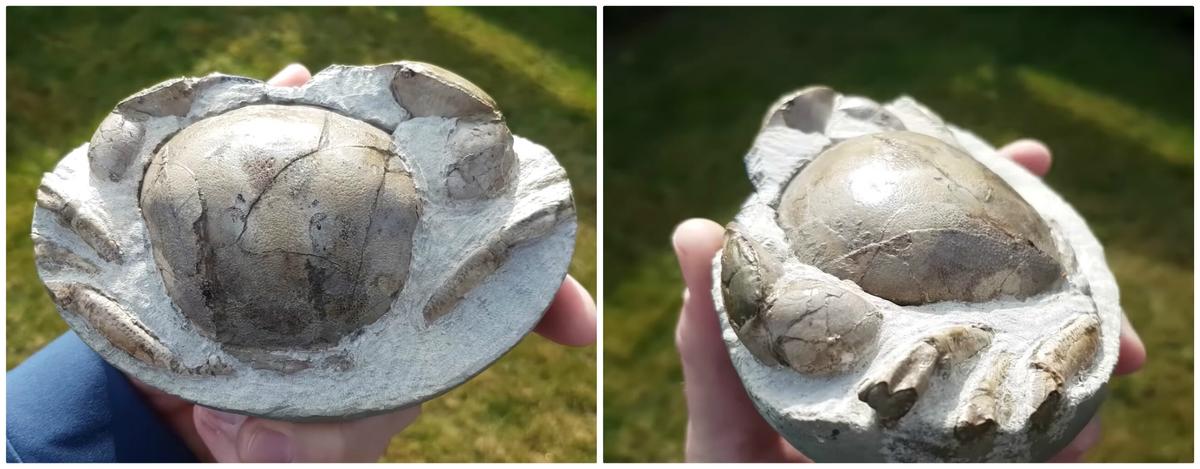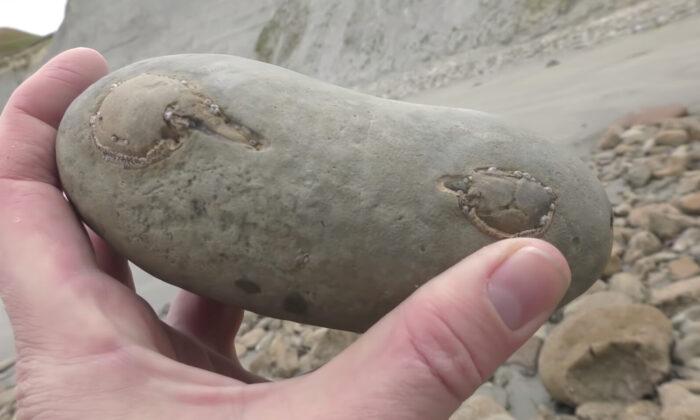To an untrained eye, it seems to be just any other rock lying on the beach at Christchurch. But for a New Zealand amateur fossil hunter, the rounded gray rock leaped out at him.
Despite very few outward signs of it being anything special, the man, who goes by the nickname Morne, took it home.
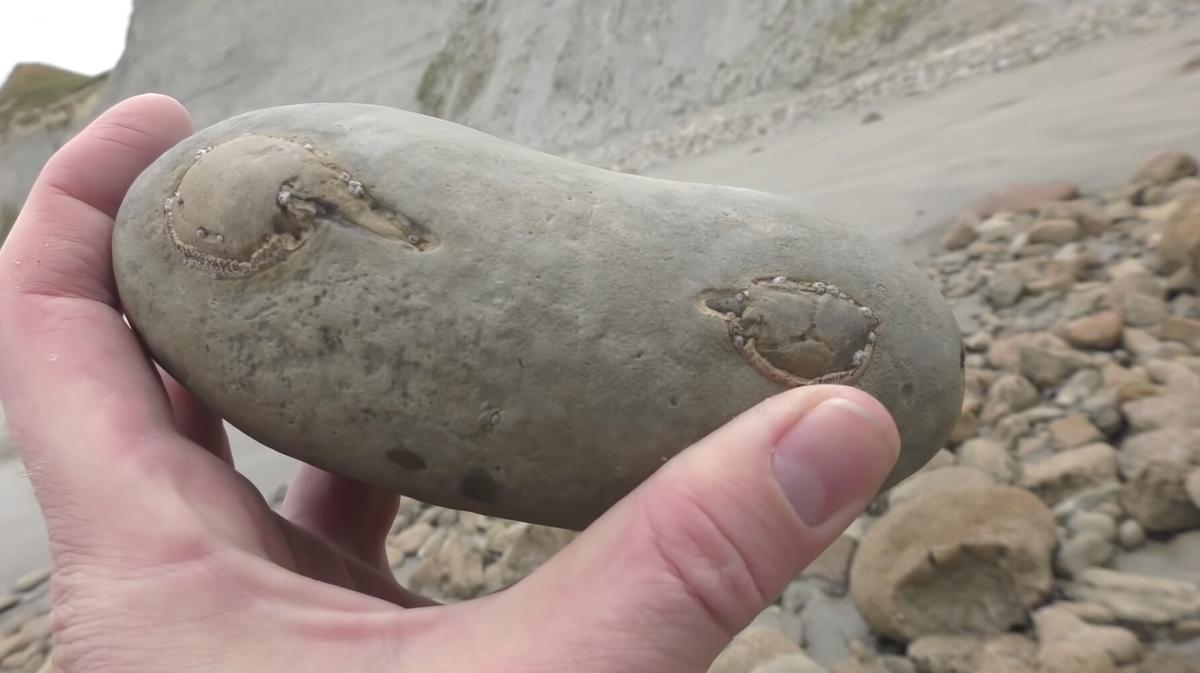
“[The fossil] is dated by the age of the rock it is found in, the Miocene era in this case,” Morne told Newsflare.
“The rock layers have been dated by some geologists using a variety of techniques. I use that information to date it. It isn’t precise, rather a range.”
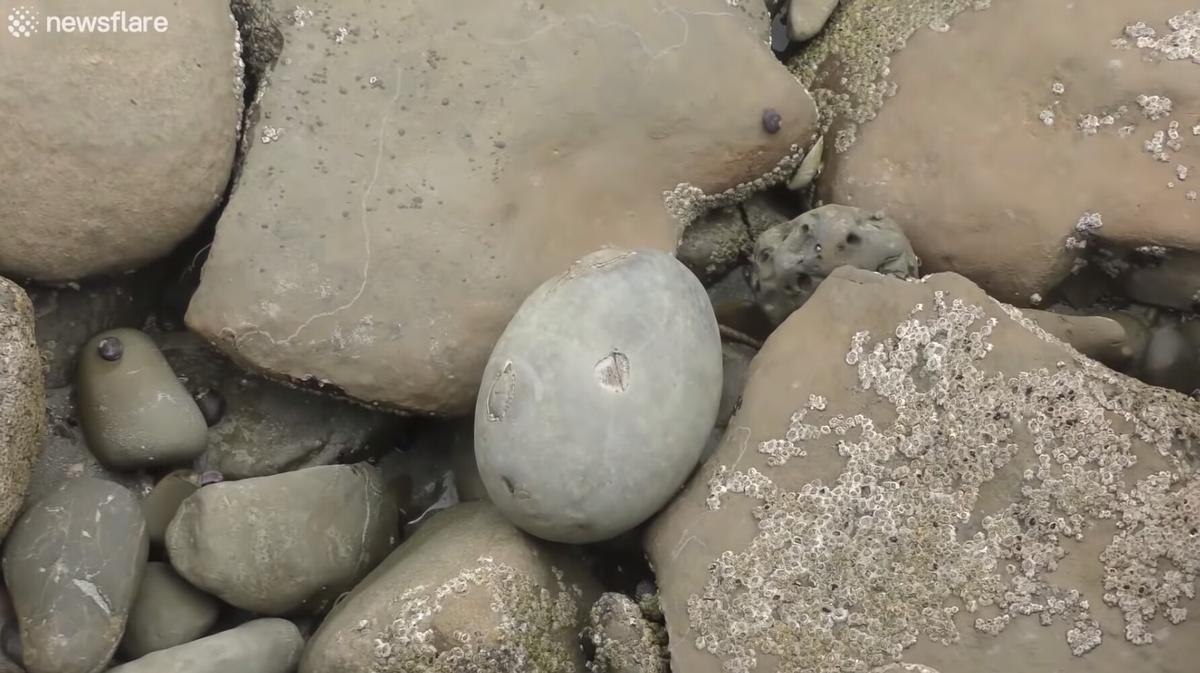
The painstaking operation of wearing away the surrounding rock took around 15 hours to reveal a fossilized Tumidocarcinus giganteus crab, a species of now-extinct deep-water crab that was once common throughout New Zealand.
Morne used an air scribe, a tool that uses compressed air to flake away the rock gently.
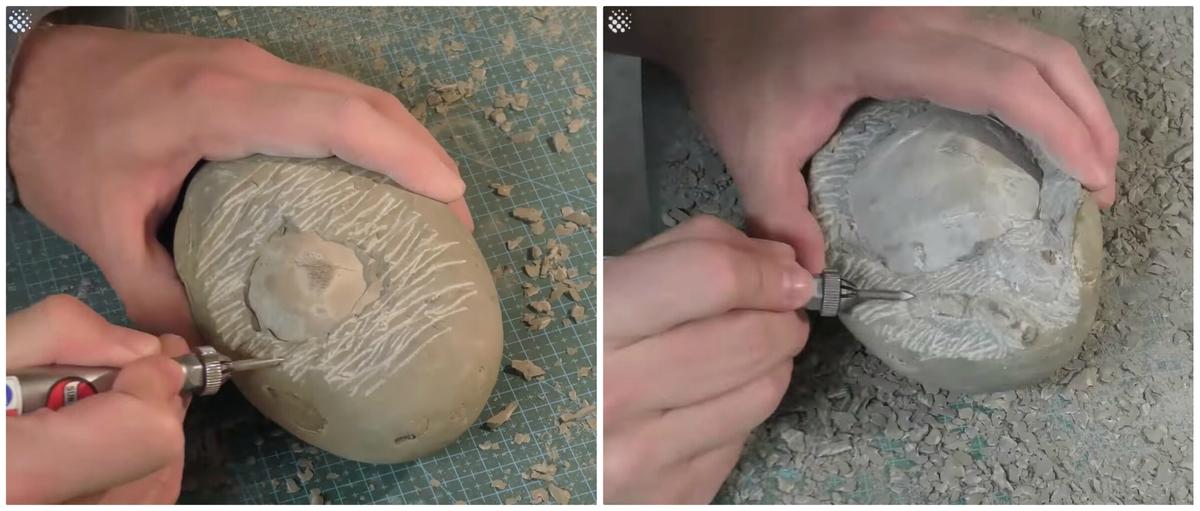
The video starts with what looks like an unremarkable beach stone to which most people wouldn’t give a second glance. Gradually, the layers of rock are worn away first to reveal a claw. Finally, the crab’s body comes into view after several more hours of patient and diligent effort.
In his video, Morne explains how he goes about preparing the fossil: “I go slowly [with the air scribe] until I find the crab, especially at the top. You don’t want to punch through into the carapace (shell) and damage it ... as soon as you find the carapace, you know what the depth is.”
“This was an easy crab to prep, it was flaking away so nicely,” he continues.
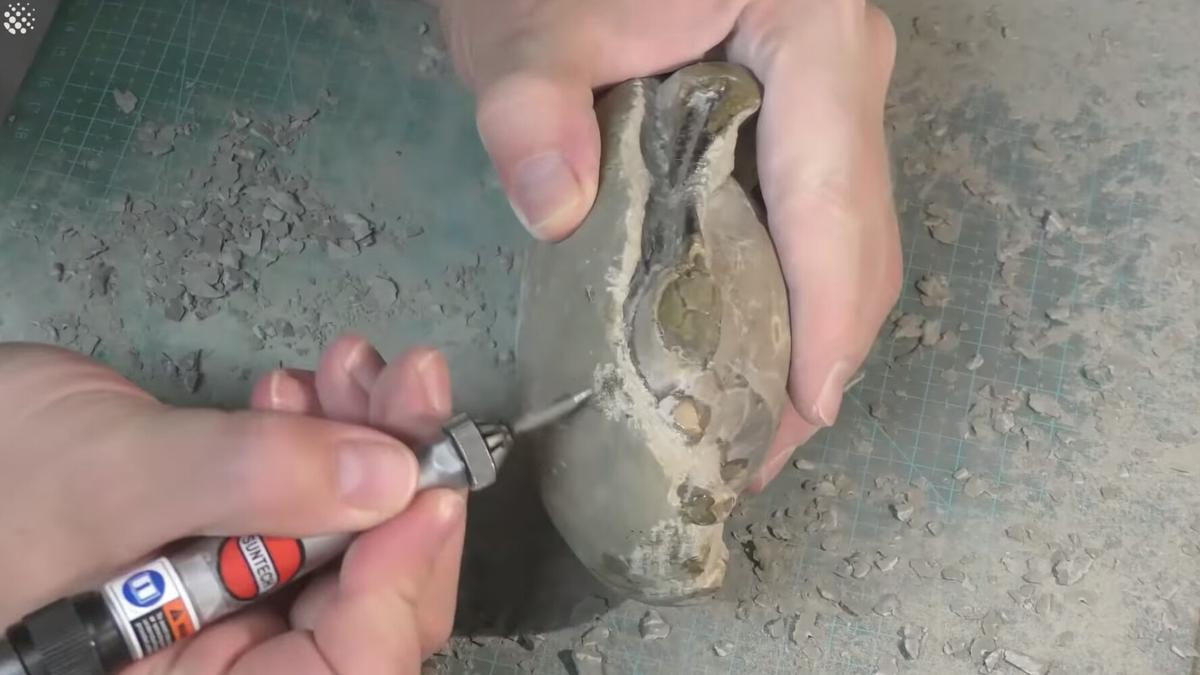
However, Morne did have to proceed carefully, as the air scribe vibrates at 11,000 times per minute. With so much vibration going into the rock, he used a thin layer of plastic called a consolidant on the crab to avoid it being damaged.
But as he continued working to free the crab, one of its claws began to vibrate and threatened to snap off. Extra consolidant stabilized the claw and enabled Morne to continue the slow process of chipping away at the layer of rock.
The most time-consuming part of the crab to work on was the underside, which contains many channels and grooves that have to be cleaned up. Morne estimated that it took two or three times as long as the top side.
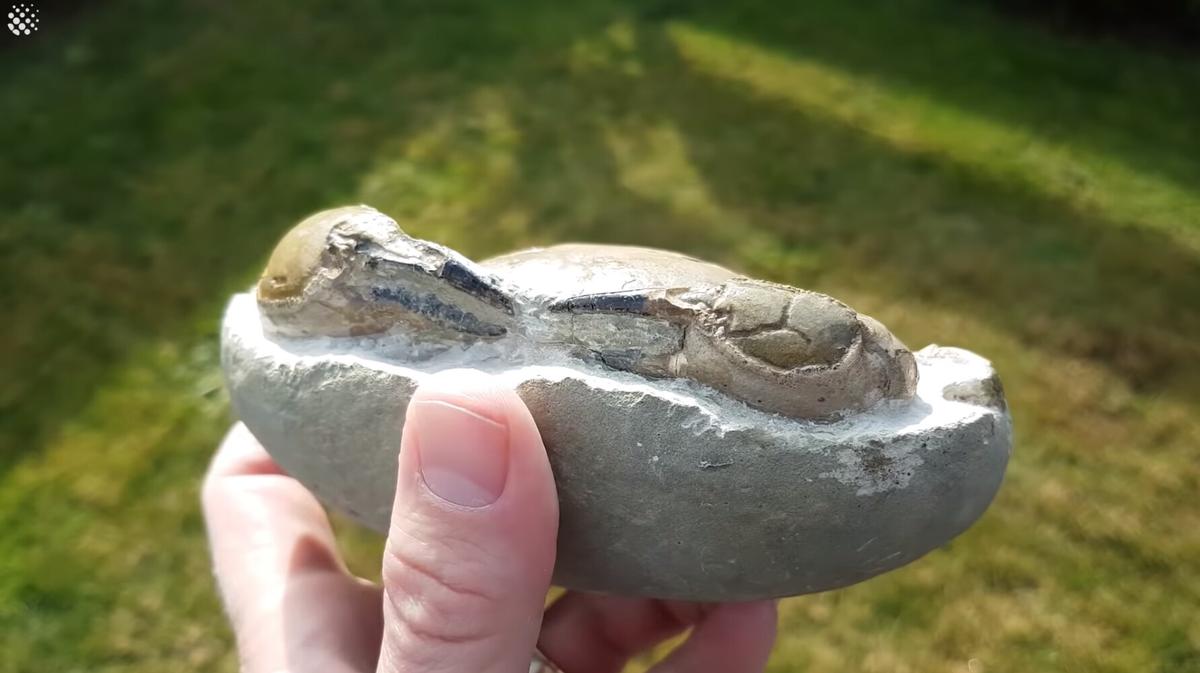
As the cleanup operation continued on the underside, the flap where a female keeps her eggs became exposed. This part is always very fragile, Morne remarked, and required a lot of care to avoid damage. This fragility is because the surrounding rock keeps everything in place, but as soon as it is removed, the crab’s potential to be damaged increases substantially.
Finally, the painstaking work of exposing the crab to the light for the first time in 12 million years was complete. Despite being encased in rock for that length of time, it is still possible to discern the pores on the crab’s shell.
